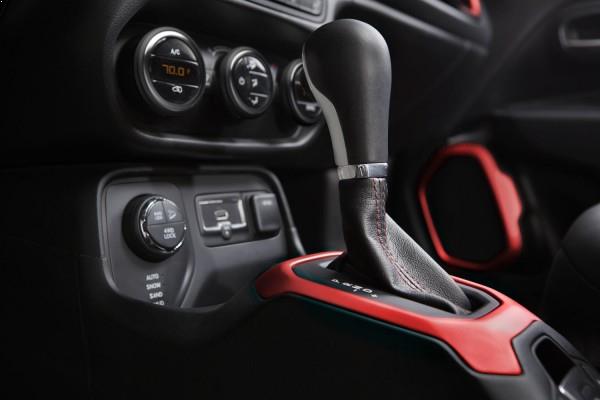In the last few years, the demand for automatic cars has increased. By automatic car, we don’t mean a self-driving vehicle, but a transmission that takes the clutch out of the equation. In an era of increasing traffic, automatic transmissions make sense to people over manual transmissions since they offer convenience. But how automatic transmissions are different from manual transmissions? What are their advantages and disadvantages? You can find out about that here in this article!
There are four types of automatic transmission commonly available in the market, each differs in its workings. These include: –
- AMT
- Torque Converter
- CVT
- Dual-Clutch Transmission (DCT)
Fun Fact: The first “modern” automatic transmission was invented in 1921 by Alfred Horner Munro in Canada.
1. AMT (Automated Manual Transmission)
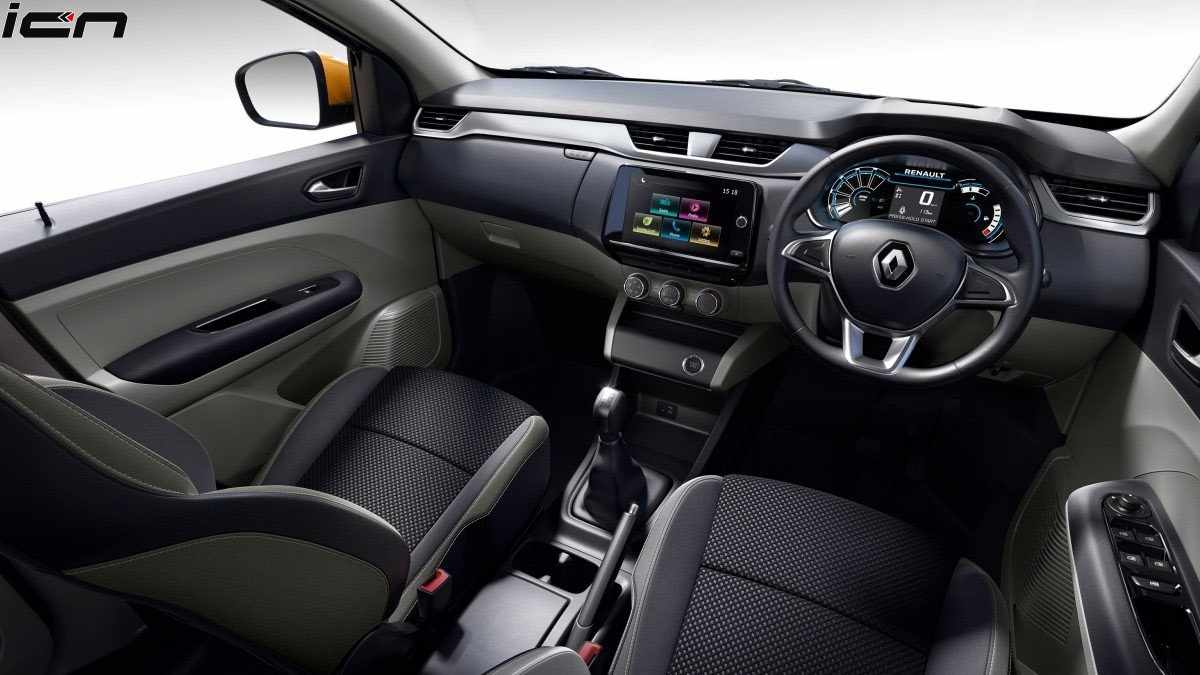
The Automated Manual Transmission (AMT) has a similar design to the manual transmission. The clutch and shift, however, are handled automatically through hydraulically or electrical means. This type of transmission is mainly used in small/budget cars. Maruti Alto, Baleno, Tata Tiago, Tata Nexon, Mahindra XUV300 are a few names.
Advantages
- Compared to its manual counterpart, it does not carry a significant premium.
- Easy to use.
- Low maintenance.
- Good for budget-conscious buyers.
- Helps in delivering better fuel economy.
Disadvantages
- It might be noisy.
- Shifting isn’t as smooth and quick as other automatic transmissions, so certainly not for speed enthusiasts.
2. Torque Converter
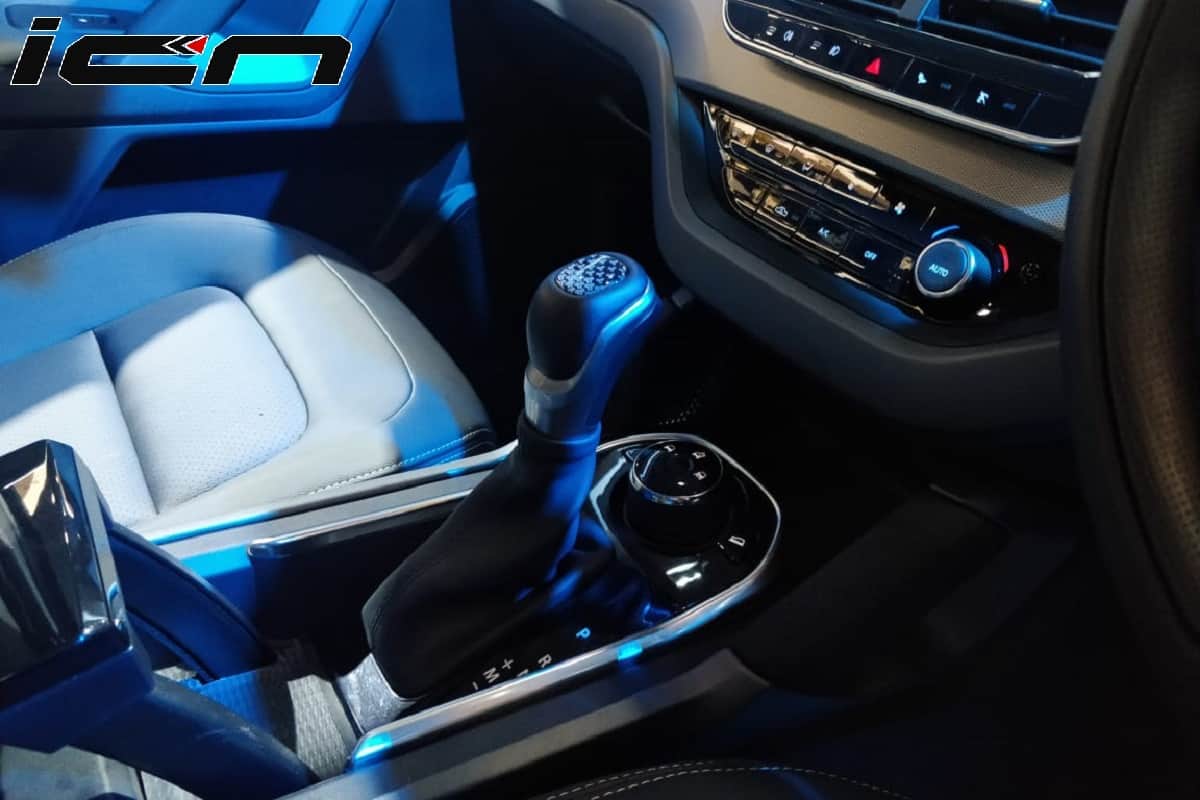
The torque converter works essentially as a fluid coupling, allowing the engine to work relatively independently. This form of an automatic transmission is considered to be the most original.
Advantages
- High driving convenience.
- Low wear.
- Faster operations.
Disadvantages
- Heavier and large in size.
- High maintenance.
- Bears significant premium over manual transmissions.
3. CVT (Continuous Variable Transmission)
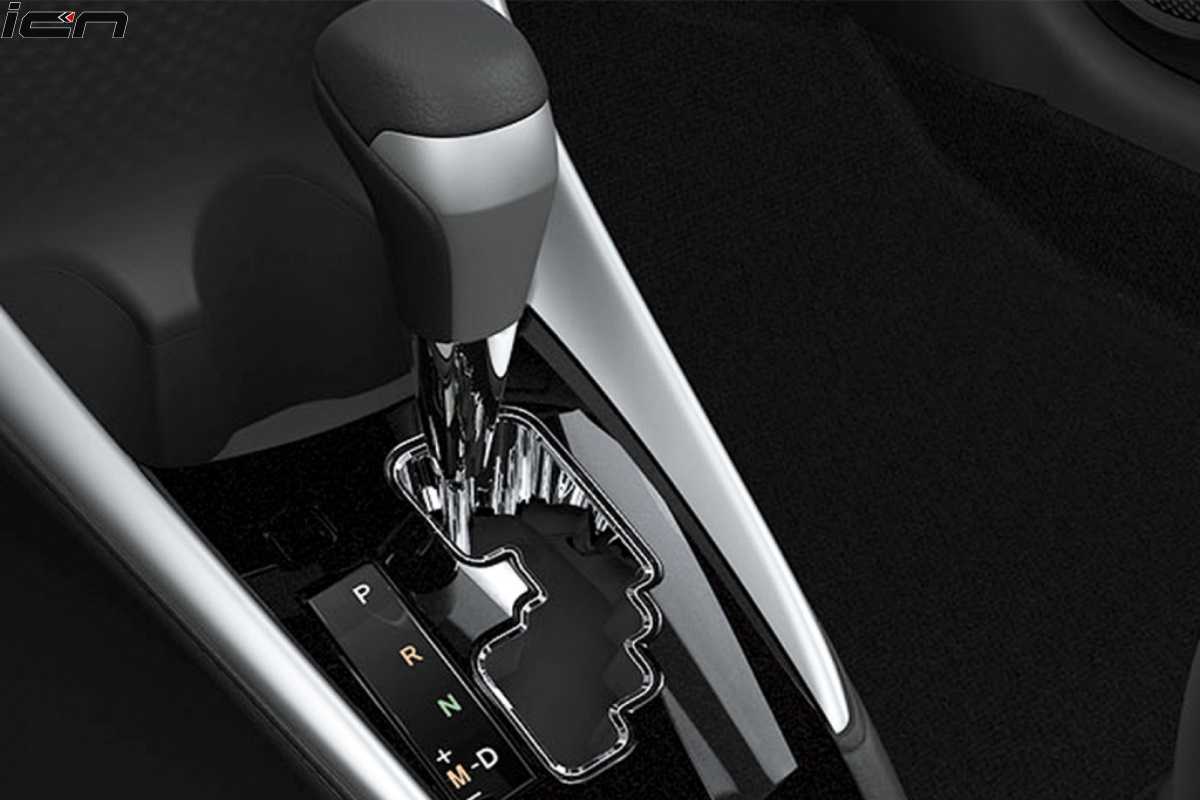
As opposed to other automatic transmissions, the Continuously Variable Transmission (CVT) does not utilize fixed gear ratios, but instead uses a belt attached to two pulleys of various sizes, one end connected to the engine crankshaft and the other to the wheels/drive shafts, thus enabling the power delivery.
Advantages
- Seamless power delivery with nearly no lag.
- Highly fuel efficient.
- Ideal for daily commuting.
Disadvantages
- A non-linear accelerating noise (rubber band effect).
- Not suitable in hill-climb situations.
- The cost of repairing is high.
4. Dual-Clutch Transmission (DCT)
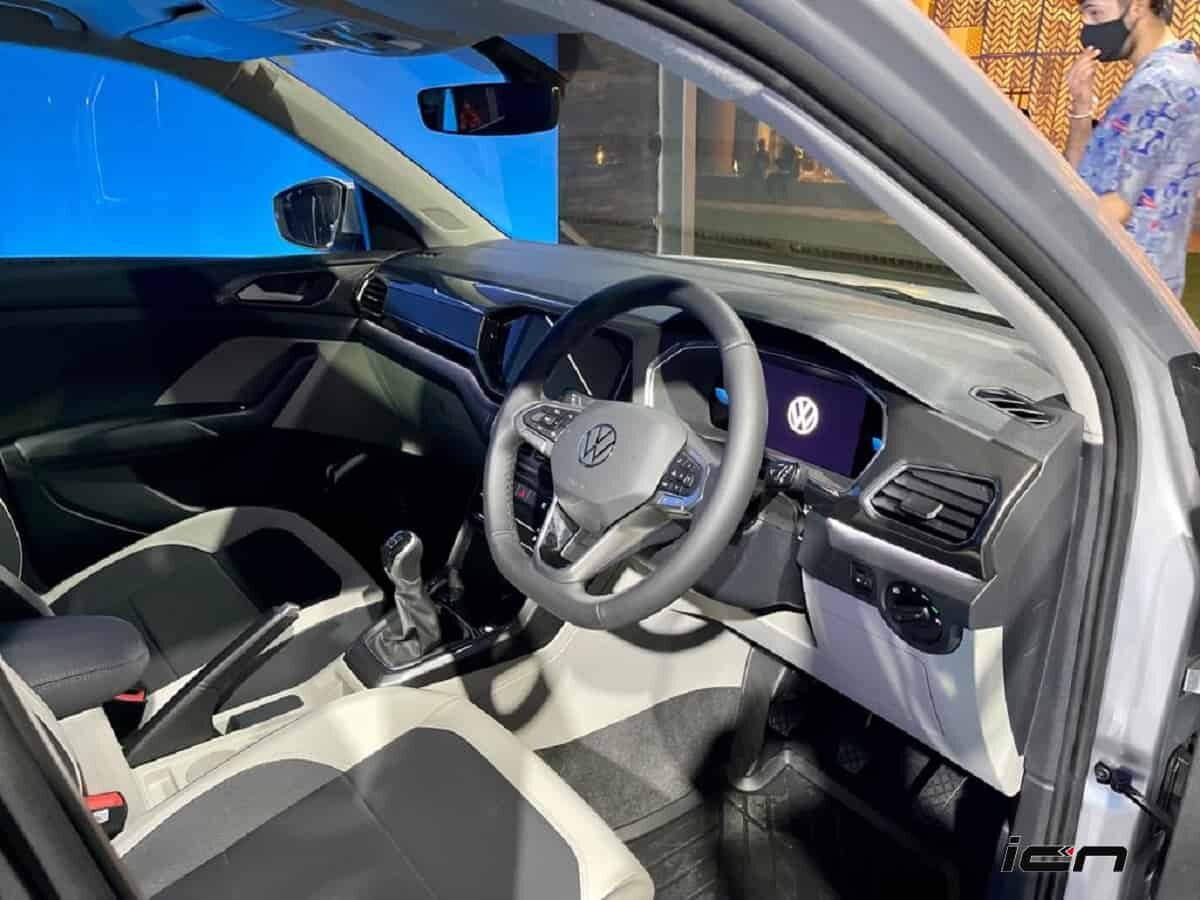
Automatic transmissions with the dual-clutch arrangement are known for their rapid gear shifting. Their nature is similar to the AMT, but they have two instead of one sub-transmission. Having said that, one clutch is responsible for odd-numbered gears (1,3,5,7) and the other clutch reverses gears and is responsible for even-numbered gears (2,4,6). As a result of this arrangement, one clutch is able to engage quickly after the other has disengaged, thus ensuring supremely fast gear changing.
Advantages
- Fast gear changes, ideal for performance-based vehicles.
- Better suited for high-revving engines.
- Offers more fuel efficiency than a manual gearbox.
Disadvantages
- Higher wear & tear.
- Expensive to buy.
- Heavy and high maintenance.

